Residual gas analyzers (RGA) available from Hiden Analytical offer an exclusive window into the vacuum environment for leak detection, contamination monitoring and analysis of target species—for example, water vapor—inside the vacuum chamber.
The Hiden residual gas analyzers are essentially quadrupole mass spectrometers that have been configured in a variety of products to deal with applications in science, technology and vacuum processing.
The Hiden residual gas analyzers are also fitted with intuitive and multi-level software that provides easy fail-safe* operation for novice users and, at the same time, integrates a wide range of sophisticated and useful features for vacuum experts.
*On-board safety features comprise overpressure protection for both detector and filament by internal measurement, as well as connection for an external overpressure protection device.
The Vacuum Residuals that are Routinely Examined
Hydrogen—this gas is quantified at mass 2 and is of particular interest in UHV applications, where outgassing can be a restricting factor for realizing an ultimate vacuum.
Helium—this gas is quantified at mass 4 and utilized as a search gas for leak detection. The Hiden residual gas analyzers feature a specialized leak detection mode for rapid response analysis of helium.
Water vapor—this is quantified at mass 18 and is the most challenging residual to pump to UHV level but without pumping or baking the vacuum chamber for prolonged periods.
Nitrogen and Oxygen—these are quantified at mass numbers 28 and 32, respectively, with more peaks determined for confirmation at mass numbers 14 and 16. The measurement of a considerable signal for the 'air peaks' is generally the first indication of a chamber leak.
Hydrocarbons—this is investigated at many masses across a mass scan and can usually be detected at mass numbers 41 and 43, 55 and 57, 69 and 71, and 15 for alkanes and alkenes. The RGA broad mass scan with high sensitivity enables users to acquire in-depth information about the contamination level of the chamber.
Volatile Organic Compounds—these are quantified at species-specific masses, such as mass 31 for ethanol, 45 for isopropyl alcohol, 78 for benzene, and 91 for toluene. Hiden Analytical’s RGAs examine these species with a live data display to provide vacuum users with instant and updated data relating to the health and trends of the partial pressure of the crucial vacuum residuals.
Information is utilized for routine leak detection, vacuum chamber monitoring, cutting-edge research studies, and for analyzing vacuum processes.
RGA Series
All residual gas analyzers from Hiden Analytical have been tested for applications and calibrated to offer maximum quality performance. The analyzers are backed by a three-year warranty and also a lifetime service support.
- Vacuum furnace monitoring
- Vacuum diagnostics
- Vacuum process analysis
- Leak detection
- Reactive sputtering closed-loop control
- Contamination analysis
- UHV TPD
- UHV/XHV surface science
- Semiconductor production
- Molecular beam studies
The Hiden RGA Series Includes Three Specification Levels
- HAL/3F—triple filter mass spectrometers for analytical applications
- HALO—for residual gas analysis
- HAL/3F PIC—pulse ion counting detection for rapid event studies
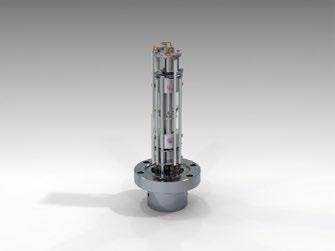
HALO 100 RC. Image Credit: Hiden Analytical
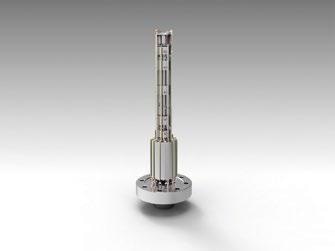
HAL/3F. Image Credit: Hiden Analytical
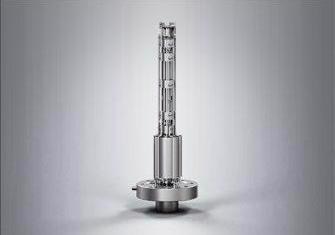
HAL/3F PIC. Image Credit: Hiden Analytical
Key Features/Options
- Ultra-fast data acquisition of up to 650 measurements every second
- Mass range options—50, 100, 200, 30 and 510 amu
- Live background subtract
- A wide range of ion source and shroud options
- Iridium filaments coated with twin burnout-resistant oxide
- Integral mass library
- High-sensitivity helium leak detection and mass selectable for optional search gases
- Sophisticated analysis capability for interpretation of complex gases
HALO for Residual Gas Analysis
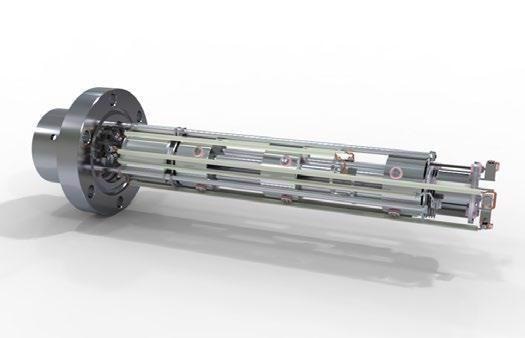
HALO 201 RC. Image Credit: Hiden Analytical
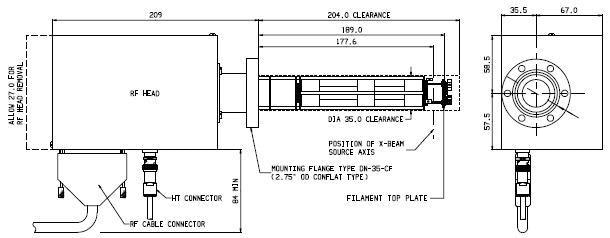
HALO Analyzer and RF Head. Image Credit: Hiden Analytical
- Leak detection
- Vacuum fingerprint—histogram and peak profile scan
- Trend analysis—multiple species of more than 80 partial pressure values can be monitored in real time
- Baseline drift and zero blast are removed—vacuum chamber residual gas and vapor species can be compared and analyzed
Detector options:
- Faraday-only and Faraday/electron multiplier
Sensitivity with:
- Electron multiplier—detection to 2 x 10−13 mbar
- Faraday—detection to 1 x 10−11 mbar
Highest operating pressure:
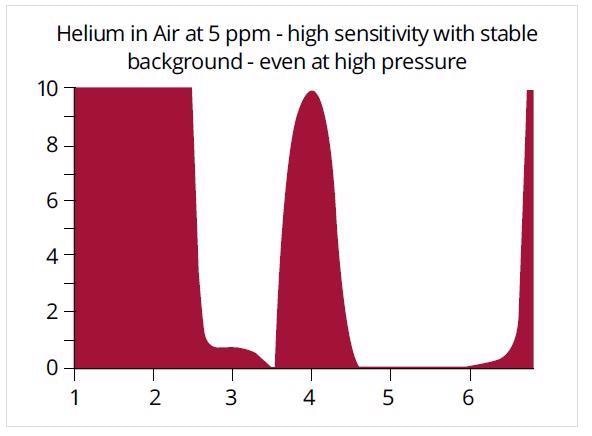
Hiden’s RGA sensitivity for helium is 5 times* that of a typical analyzer providing excellent leak detection performance. Image Credit: Hiden Analytical
*Based on reference to published relative sensitivity data.
Features
- Detector options—Faraday or Faraday and electron multiplier
- Mass range options—100, 200, and 300 amu
- Automatic DeSat™ mode enables high-speed scanning even when saturating signals are present
- Automated Electronic Beam Shutter EBS™ improves the suppression of noise
- Controlled by PC Windows
HAL/3F—Triple Filter Mass Spectrometer for Analytical Applications
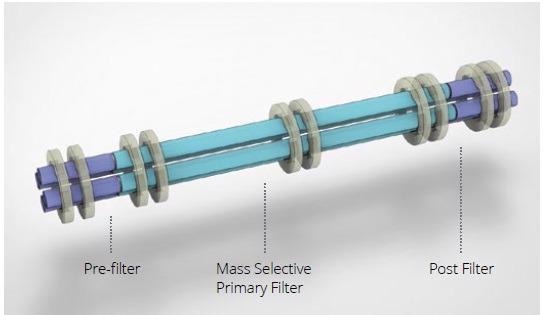
Triple Filter Assembly. Image Credit: Hiden Analytical
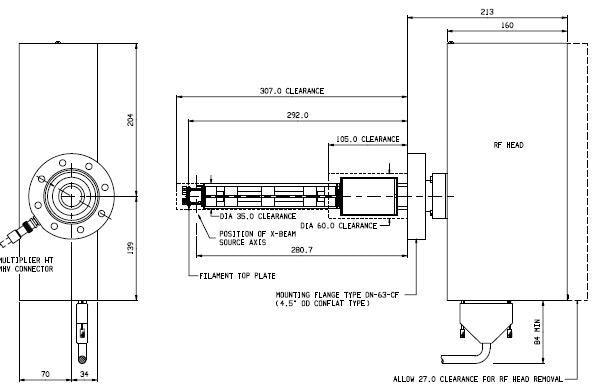
HAL/3F Analyzer and RF Head. Image Credit: Hiden Analytical
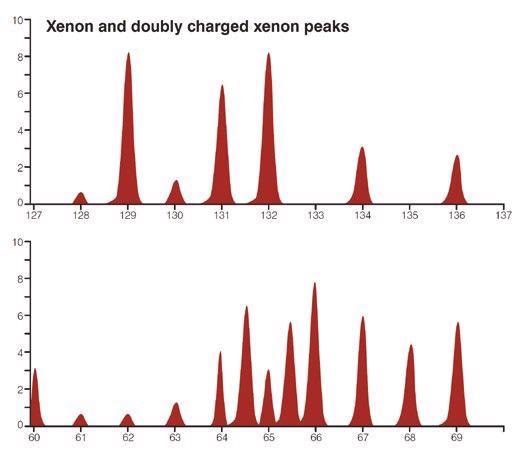
3F Performance includes enhanced sensitivity for high-mass species and increased resolution capabilities. Image Credit: Hiden Analytical
- Application-specific ionization sources for molecular beam measurement, gas analysis, and XHV/UHV studies
- Triple mass filter technology for high sensitivity, with abundance sensitivity and improved resistance to contamination
Mass range options:
- 50, 200, 300 and 510 amu
- Series 1000 for mass range options of up to 5000 amu
Detection limit:
- Single-channel electron multiplier—2 x 10−14 mbar
- Faraday detector—1x10−11 mbar
Highest operation pressure:
Features
- Detector—Faraday and single-channel electron multiplier
- Mass range options—50, 200, 300 and 510 amu
- Automatic DeSat™ mode enables high-speed scanning even when saturating signals are present
- Automated Electronic Beam Shutter EBS™ improves the suppression of noise
- Complete control of field axis potential—ion energy, electron energy and ion source emission
HAL/3F PIC—Triple-Filter Mass Spectrometer with Pulse Ion Counting Detection for Fast Event Studies
- Seven-decade continuous measurement from 1 c/s to 107 c/s
- Pulse ion counting detection for transient gas analysis and rapid event studies, such as UHV TPD
- Includes multi-channel scaler detector option with 50-ns time resolution
Mass range options:
- Detection limit with pulse ion counting detector of less than 5 x 10−15 mbar
- 50, 300, and 510 amu
- Series 1000 for mass range options of up to 5000 amu
Highest operation pressure:
- 1 x 10−4 mbar with Faraday option
- 5 x 10−6 mbar
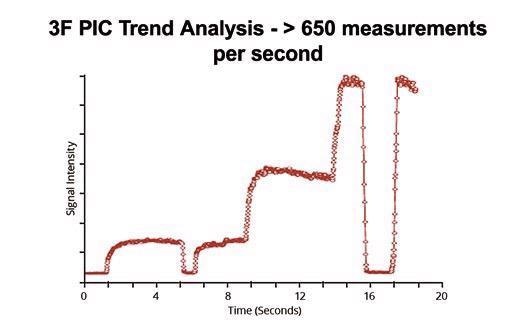
High-quality transient data acquisition at PPM/PPB levels. Ideal for UHV TPD. Image Credit: Hiden Analytical
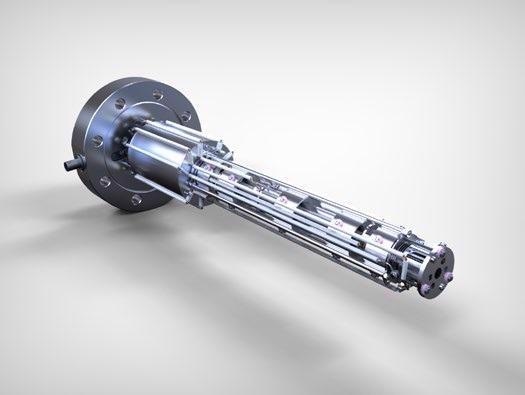
HAL/3F PIC. Image Credit: Hiden Analytical
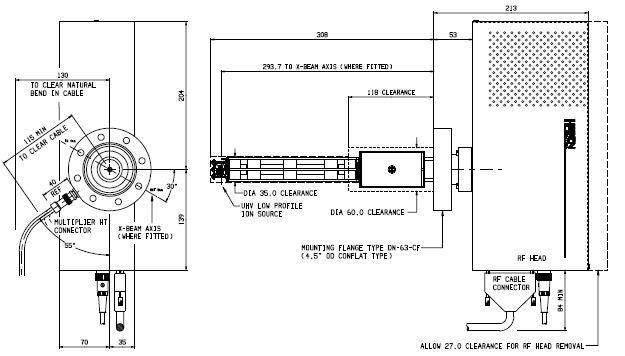
HAL/3F PIC Analyzer and RF. Image Credit: Hiden Analytical
Features
- More than 650 measurements per second
- Seven-decade dynamic range
- Signal gating for pulsed studies
- Detection up to <5 x 10−15 mbar
- PCA mode—predictive count accumulation mode considerably extends the life of the electron multiplier
- Multi-channel scaler option with a time resolution of 50 ns
Hiden Analytical creates many different types of ion sources that can be accommodated into its entire range of RGAs. Types of ion sources are important for the performance of RGAs, and added to this, the potential to specify the types of sources needed by users ensures that Hiden Analytical’s RGAs are custom-configured for particular applications.